Yosemite Winter Trip Planner

Yosemite Winter | Written by Brian Callender | Photography by Julie Boyd

Yosemite National Park offers visitors something for every season. But there is something especially magical about seeing the park in winter and if you’re lucky enough, with a fresh coat of snow! This guide seeks to provide you with all of the information needed to plan a successful trip to the park in winter.
2023 February Weekend Entry Reservations
If you plan on entering the park over the following weekends during Firefall (February 10-12, 17-19, and 24-26, 2023), you will need to book an entry reservation in advance through Recreation.gov. Reservations are available starting on Friday, January 13, 2023 at 8:00 a.m. PST in which 50% of the available reservations will be released. Two days prior to the specific arrival weekend at 8:00 a.m. PST, the remaining 50% of the available reservations will be released.
Reservations are not required Monday through Thursday or if you have in-park accommodations (hotel, campground) or are arriving via regional public transportation. For more information, please visit the National Park Website here.
Summer reservations will not be required for the 2023 season.
Getting to Yosemite in Winter

During the summer season, there are four primary ways to reach Yosemite. However, once winter hits, that number can be reduced to as few as one. Here are the best ways to reach the Yosemite Valley from December through March:
Highway 140 from Merced (El Portal/West Entrance): This is the easiest and best way to access the park during the winter. It includes the lowest elevation and is the road that will almost always be the first to open.
Highway 120 from Manteca (Big Oak Flat/Northwest Entrance): A common entrance to the park for those traveling from the Bay Area. In the summer, Highway 120 continues to become the Tioga Pass (closed seasonally).
Highway 41 from Fresno (Wawona/Southern Entrance): For those coming from Southern California, this is the way you will arrive in Yosemite Valley. When this route closes, a connection on the 49 takes you to the 140.
For up-to-date information about road conditions, be sure to check out the current conditions on the NPS Website before your trip!
Winter Roads in Yosemite

When visiting Yosemite in winter, plan on having chains with you at all times. The most predictable thing about the park (and mountains in general) is their relative unpredictability. In low snow years, you can find yourself driving through the park in December with no restrictions, or an early snowfall can lead to road closures and mandatory chain inspections. It is always best to be prepared and check the park’s website to verify current conditions.
Do I Need Tire Chains?
Plan on carrying tire chains with you if you are visiting November through March. Yosemite has three levels which determines whether or not chains are required. R1-R3 are the designations and will be listed on the Yosemite National Park website or by calling: 209/372-0200 (press 1 then 1) for the most up-to-date conditions.
R1 |
This means you must put chains on the drive wheels of your car unless:
All vehicles must have tire chains in possession. |
R2 |
This means you must put chains on the drive wheels of your car unless:
All vehicles must have tire chains in possession. |
R3 |
This means you must put chains on the drive wheels of your car (two wheels of a four-wheel drive vehicle).There are no exceptions; all vehicles must use chains. |
| Courtesy of nps.gov | |
It’s important to remember that these designations are for the safety of yourself and other drivers around you. Driving with tire chains it is recommended to go no faster than 25 mph. Remember to pull completely off the side of the road, safely, to install chains whenever they are required based on conditions and your vehicle. Drivers who neglect to follow the chain requirements of the park are subject to fines of up to $5,000 and if your car needs to be towed, it will be at an additional expense to you.
.
If you don’t have access to a vehicle, or don’t feel comfortable driving in winter conditions, the YARTS buses can take you into the park. You can find more information about their schedule here.
I’m coming from out of town and renting a car, how do I handle tire chains?
This is a question we see posed often with visitors who are not from California. The honest answer is you are required by the National Park Service to carry tire chains with you in winter. With that said, unless it is snowing, it’s unlikely that a ranger will be checking to confirm you have chains. It is probable that they will ask as you are entering the park, but it isn’t a requirement to present the chains to them at that time. There are auto part stores in every town as you make your way to Yosemite. We have heard that some will allow you to purchase the chains and the return them if they are unused. Be sure to verify this ahead of time with the store so you are not stuck with chains you don’t need.
Yosemite Winter Temperatures

Yosemite Valley is located at 4,000 feet which means it tends to be warmer than at higher elevations, throughout the year. It is common for snow to fall and stick on the valley floor, and then melt when the sun comes out. Expect the days to be cool, even when the sun is out and the nights to be near or below freezing. Here are the average temperatures by month:
December: 48°/27°
January: 48°/28°
February: 53°/30°
March: 58°/33°
Where to stay during winter in Yosemite
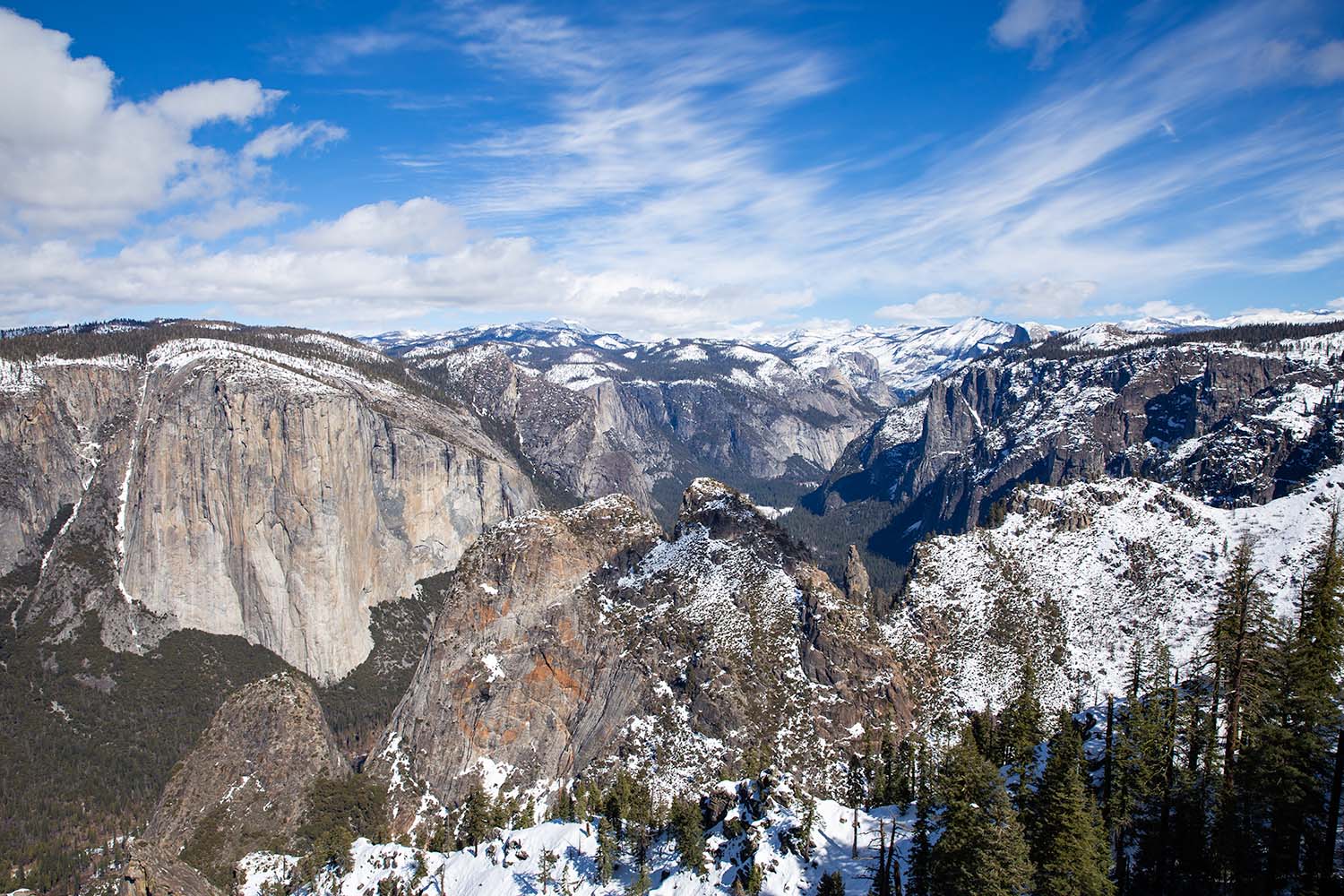
The ideal location for a winter trip to Yosemite is to stay in the Valley. This way you won’t have to worry about the road driving conditions or the time spent entering and exiting the park each day. However, staying inside the park comes at a premium, as the cost per night is generally higher than outside the park. However, if you are able to travel mid-week, there are usually specials and discounted rates available during the winter months.
There are many lodging options outside of Yosemite Valley that you may wish to consider was well. The Yosemite View Lodge in El Portal and the vacation rentals at Yosemite West are both great options that are close to the Valley and have kitchens so you can cook your own meals.
For those who enjoy the cold, winter camping is also an option. There are four campgrounds that typically stay open in the winter: The Hodgdon Meadow Campground near the Big Oak Flat Entrance off of Highway 120, Camp 4 and Upper Pines in Yosemite Valley, and the Wawona Campground in Southern Yosemite.
Note that staying in Lee Vining or anywhere in the Eastern Sierra is a bad idea as the Tioga Pass is closed in the winter, so you will have to drive significantly farther to reach the park.
For more detailed information about places to stay when visiting Yosemite, check out our post here.
Where to eat during winter in Yosemite
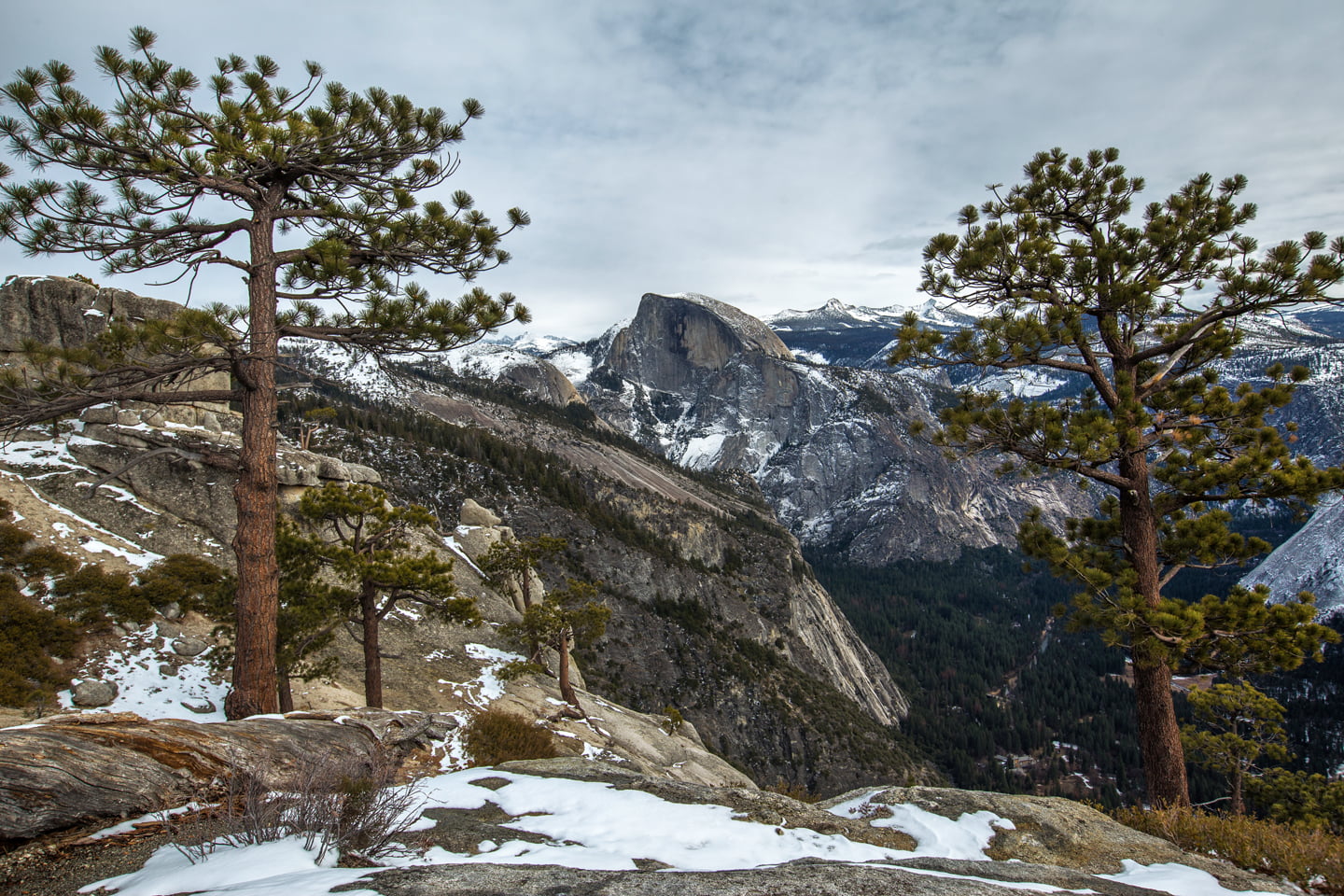
Eating in the park will also cost you more than if you were to bring in your own food. We always try to pack in most of our meals to save money (and because the park food is hit or miss). If you need to stock up on any snacks or groceries, the Village Store in Yosemite Village is a great option.
Keep in mind that dining options are usually limited in winter, so check-ahead to confirm what is open. When we do eat in the park, we usually end up at Mountain Room Bar at the Yosemite Valley Lodge. They have a decent margarita pizza which pairs nicely with a cold beer after a day of adventuring.
For those wondering, the closest In N’ Out Burger is in Merced, about 2 hours outside the park. There is also a location in Fresno, if you are returning home via Southern California. This is definitely a nice treat on our way home, especially after a long day of hiking.
For more detailed information about places to eat when visiting Yosemite, check out our post here.
Winter Hiking in Yosemite

Hiking options in winter vary with the weather, so it is recommended that you check with the park rangers for up-to-date trail conditions before beginning your adventure. You can check the current conditions page, call 209-372-0200, or stop by the Yosemite Village Visitor’s Center to confirm trail reports. You can also take a peak at the webcams to get a general sense of how much snow is sticking in various areas of the park.
Easy Winter Hikes in Yosemite
Bottom of Yosemite Falls (1 mi): This paved trail is wheelchair accessible and leads to the bottom of Yosemite Falls.
Mirror Lake (2-5 mi): Distance varies based on which route you take and if you do whole loop. The most scenic part is the lake (or wide part of Tenaya Creek), so we recommend doing the shorter out-and-back trail.
Cooks Meadow Loop (2 mi): This flat path meanders along the Merced River with beautiful views of Yosemite Falls and Half Dome.
Moderate Winter Hikes in Yosemite
Vernal Falls Footbridge (2 mi): This short, but slightly steep hike takes you to a bridge below the falls. If you are visiting after heavy snow, parts of the trail may be slippery so bring traction.
Columbia Rock/Top of Lower Yosemite Falls (3 mi): Don’t be fooled by the distance — the 1,000ft gain in the first mile will make you sweat. Once the trail flattens out at Columbia Rock, you will be treated to views of Half Dome, and the falls.
Dewey Point (7 mi): Snowshoes are recommended for this winter adventure as the trail begins in along Glacier Point Road at a higher elevation. A beautiful hike through pine forests leads you to views Yosemite Valley from above.
Difficult/Strenuous Winter Hikes in Yosemite
Be sure to check with park rangers for current trail conditions and closures before embarking on any of these hikes. Microspikes or snowshoes may be required depending on the time of year.
Four mile trail to Union Point (7.2 mi): If this trail is open, a steady climb up the southern side of the Valley leads you to amazing views of Yosemite Falls.
Top of Yosemite Falls (7.5 mi): The spectacular views will fuel you on this relentless climb up the valley’s northern rim. Add an extra mile by hiking to Yosemite Point.
Nevada Falls via the JMT Winter Route: This popular trail requires some flexibility in winter as sections are icy and closed. Follow Winter Route signage to reach Nevada Falls.
Snow Creek Footbridge (9.4 mi): A strenuous climb from the valley floor. Watch for snow and ice during the early portions of this hike, while the remainder of the hike is exposed.
Other Winter Activities in Yosemite

Ice skating at Curry Village: Offered since 1928, the ice rink located in Yosemite Valley is a fun way to enjoy winter in the park. Tickets are valid for 2 hours of skating and skates can be rented for an additional cost. A season pass includes unlimited skating and rentals.
Skiing/Snowboarding/Snow Tubing at Badger Pass: Open from mid-December through mid-March, you can enjoy many of your favorite winter sports activities in Yosemite. Elevation begins at 7,200′ and the park offers lessons, rentals, and passes. For more information, including current conditions, rates, rental details, check out the Travel Yosemite website here.
Snowshoeing/Cross-Country Skiing: A popular option for those seeking adventures outside of Yosemite Valley is to either snowshoe or cross-country ski. We highly recommend the snowshoe trip to Dewey Point (7 miles, round trip) as it is relatively easy which makes it good for all skill levels (it was our first snowshoe adventure ever!). Experienced cross-country skiers can tackle two of the more popular treks: Glacier Point (10.5 miles, each way) and Ostrander Lake and Ski Hut (9-10.3 miles, one way). More information can be accessed here.
Ansel Adams Gallery: An inspiration to Julie and landscape photographers everywhere, Ansel Adams works are timeless. The gallery which is located in Yosemite Village (near the Visitor’s Center) is a great way to appreciate his art.
Yosemite Museum: Finished in 1925, the Yosemite Museum was the first dedicated museum in a National Park. The museum offers rotating exhibits which you can find more information about here.
Photographing Yosemite in Winter

Photographing a clearing winter storm in Yosemite is probably on the list for most landscape photographers. When the clouds part and reveal a snow-covered valley, it is truly magical. Be sure to get to locations early, especially on the weekends, as many photographers monitor the weather in order to catch these conditions.
The best photography locations for capturing iconic views are:
1. Tunnel View: Perhaps the most iconic view of Yosemite Valley. This spot will take your breath away, and is a great spot for capturing sunrises, sunsets, and clearing storms.
2. Valley View : Don’t miss this stop on your way out of the park. t offers a beautiful view of El Capitan and Bridalveil falls with the Merced River in the foreground.
3. Swinging Bridge: A beautiful reflection of Yosemite Falls can be captured here.
4. Sentinel Bridge: If you are looking to capture Half Dome reflected in the Merced River, don’t miss this stop.
5. Cooks Meadow: A great place to walk around and take in Yosemite Falls, Half Dome, and Sentinel Rock.

No matter the weather, there is beauty to be found, and some of Julie’s favorite images were created by simply walking around the valley and discovering new perspectives.
How to see the Firefall in Yosemite

Yosemite’s “Firefall” is a naturally occurring event that happens every February during the second and third weeks. With proper conditions, the sun sets on Horsetail Falls illuminating the water and causing a “fire” effect.
With too much cloud coverage or rain, the phenomenon won’t occur, so be sure to check the weather forecast before visiting. It’s also important to remember that this is one of the busiest times in Yosemite Valley (perhaps more so than summer) so make your plans early. The park often blocks off sections of the road and requires permits for cars to drive through the viewing area. Hotel reservations book up quickly and many people camp out for hours to secure an ideal viewpoint.
Visiting Yosemite in Winter FAQ

Can I visit the Mariposa Grove of Giant Sequoias in Winter?
The Mariposa Grove Road is closed in winter, but you can still access the grove via foot. You must be prepared to hike two miles from the main road each way (so four miles round trip) just to reach the grove. Once you get there, plan on adding on some additional distance as the grove is large and has many trails to explore. The trail is often very snowy, so we recommend wearing snowshoes for this adventure. Alternatively, you can skip the extra four miles and still see big trees by visiting the Tuolumne or Merced Groves if Highway 120 is open.
Can I climb Half Dome in Winter?
Hiking when the cables are down is possible, but requires mountaineering skills and should only be attempted by those who are extremely experienced and well prepared.
Can I drive Tioga Road?
Tioga Road which allows access to the Yosemite Hight Country and a connection the Eastern Sierra typically closes by November. The park works in conjunction with CalTrans to determine the safety of the road and more often than not, closes with the first big snow storm of the season. Every year is different though, so it’s important to keep an eye on conditions. Julie once drove Tioga with her mom and sister in December. It’s rare for the road to be open that late, but exceptions can happen.
What to Pack for Winter in Yosemite

Visiting in winter means layers are a necessity! Rain, snow, and sunshine are just some of the possibilities that you should be prepared for. Even if the days are warmer, the temperatures will drop once the sun sets behind all of the granite in the Valley. Layers are also important because if you are hiking or walking around, you will warm up and want the option to take off some of the warmer clothes.
Clothing
Base and Mid-layers: Fleece or merino wool are good bets here, particularly on very cold days. We like to wear our mid-layers in the early morning when the temperatures are the coldest and then shed them if we are hiking.
Insulated Jacket: Essential for keeping you warm during the cold winter days in Yosemite. For years, I wore a snowboard jacket, before eventually upgrading to a down jacket that is more lightweight and packable. Brian’s favorite jacket and Julie’s favorite jacket.
Rain Jacket: With Yosemite Valley at an elevation of 4,000 feet, rain is entirely possible, while the higher elevations of the park receive snow. A lightweight rain-jacket that you can throw in a backpack or the trunk and put on as needed is key. Brian’s rain jacket and Julie’s rain jacket.
Pants: I tend to wear hiking pants most days in Yosemite and will add a layer of thermals, if it’s going to be very cold. Julie has thermal leggings that she wears and may even double up on very cold days. We both own a pair of rain pants, which we’ll pack just in case there is precipitation.
Footwear: In the winter, we tend to stick with hiking boots. The extra grip and waterproof exterior are perfect for whatever weather we might encounter in the Valley. Brian’s hiking boots and Julie’s hiking boots. We find that this option works well for us with wool sock and gaiters. If you don’t plan on moving around a lot, you may want to bring snow boots. Don’t forget to bring a few pairs of merino wool socks to keep your feet warm and dry.
Headwear: On those freezing cold mornings, a beanie comes in handy. I’ll wear one in addition to my puff jacket hood if the temperatures dip into the teens.
Gear and Accessories:
Microspikes: One of our all-time favorite purchases, we don’t leave home without our microspikes in winter. I slipped one year, walking on the sidewalk in Yosemite Valley (my microspikes were in my backpack!). Ice is extremely common in the Valley and on hikes that you may be doing. Easy to put on any shoes, these are our recommended spikes.
Gaiters: These are great for keeping snow out of your boots, especially if you plan on snowshoeing, or if you visit after a snowfall. We both have a pair of these gaiters from Black Diamond.
Trekking Poles: One of our hiking essentials no matter the time of year. They are especially helpful in icy or snowy conditions.
Snowshoes: You can rent snowshoes from the Badger Pass Ski Area, or from sports retailers, such as REI, before heading to the mountains. Should you decide to make snowshoeing a regular adventure, we recommend the MSR Lightening Ascents.
Headlamp: The sun goes down early in the winter, and lighting is limited to public areas (hotels, dining, etc.). It gets dark quickly once the sun is behind the granite walls of the Valley. We always have our headlamps in our backpacks, just in case.
Polarizing Sunglasses: On a bright day, the light reflected on of snow can be intense. A pair of polarizing sunglasses will help with visibility and save your peepers from the sun. Brian really likes the company Goodr for an inexpensive, non-slip pair. Julie loves the lenses in these Oakley Frogskins.
Sun Protection: It’s easy to forget to wear sunscreen when it is cold outside, but in the mountains it is even more important! Make sure you bring face sunscreen and lip balm to protect yourself from returning home with red skin and chapped lips.
 |
 |
 |
 |
|
 |
 |
 |
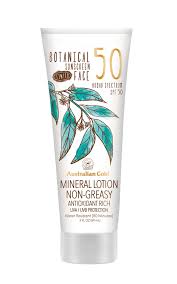 |
Extending Your Trip

There are plenty of opportunities to extend your trip, if you have some extra time built in to your vacation. Here are some of our recommendations for potential options:
Visit Redwood National and State Parks




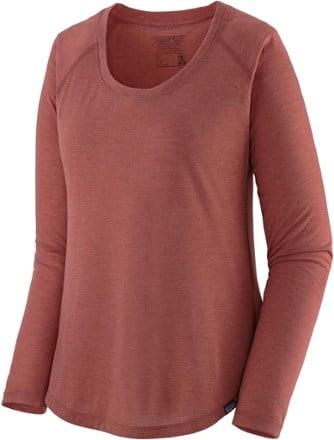









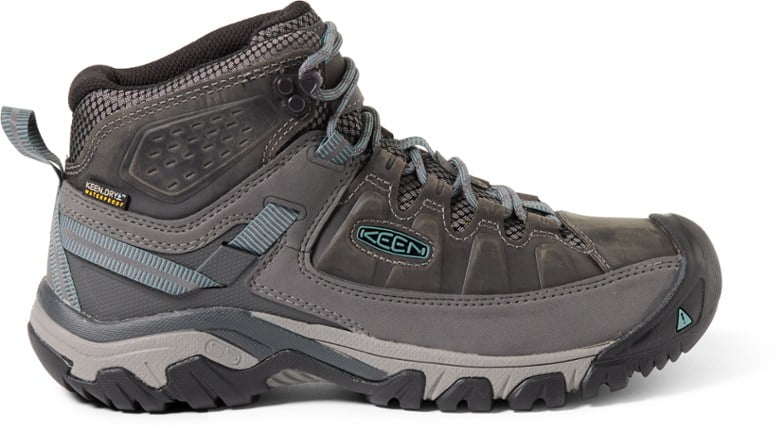
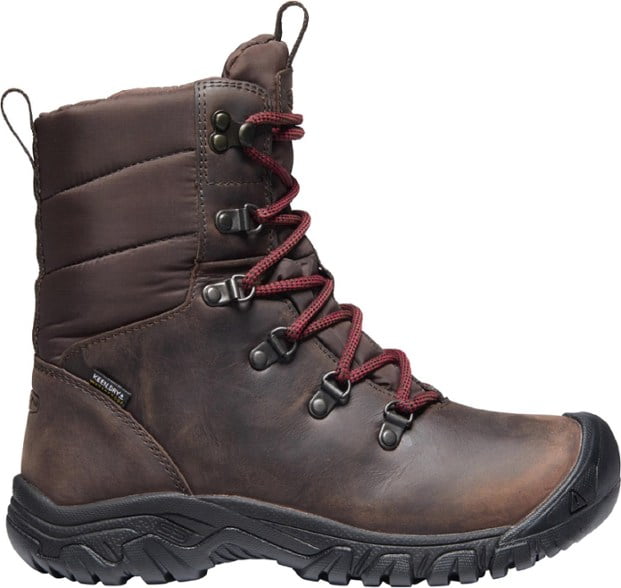
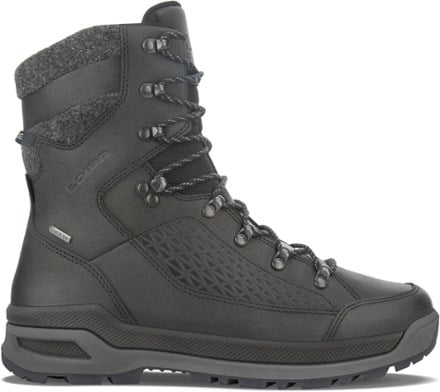

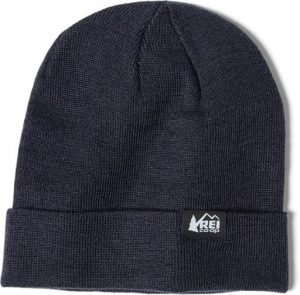
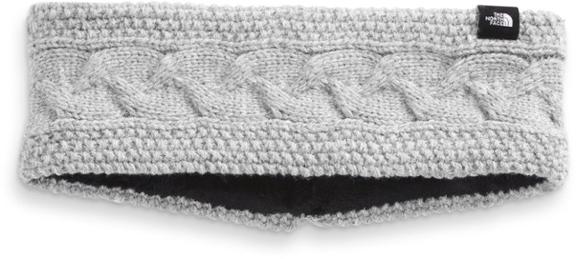
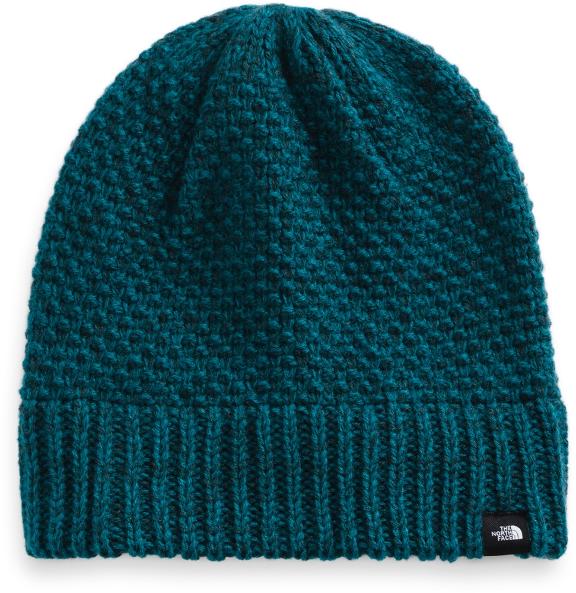
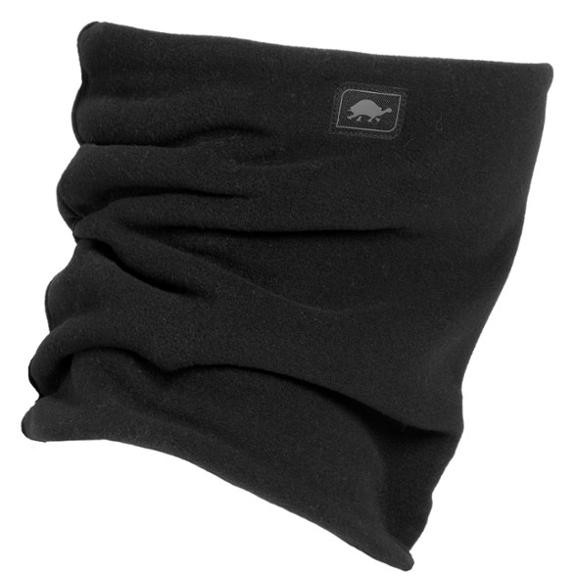
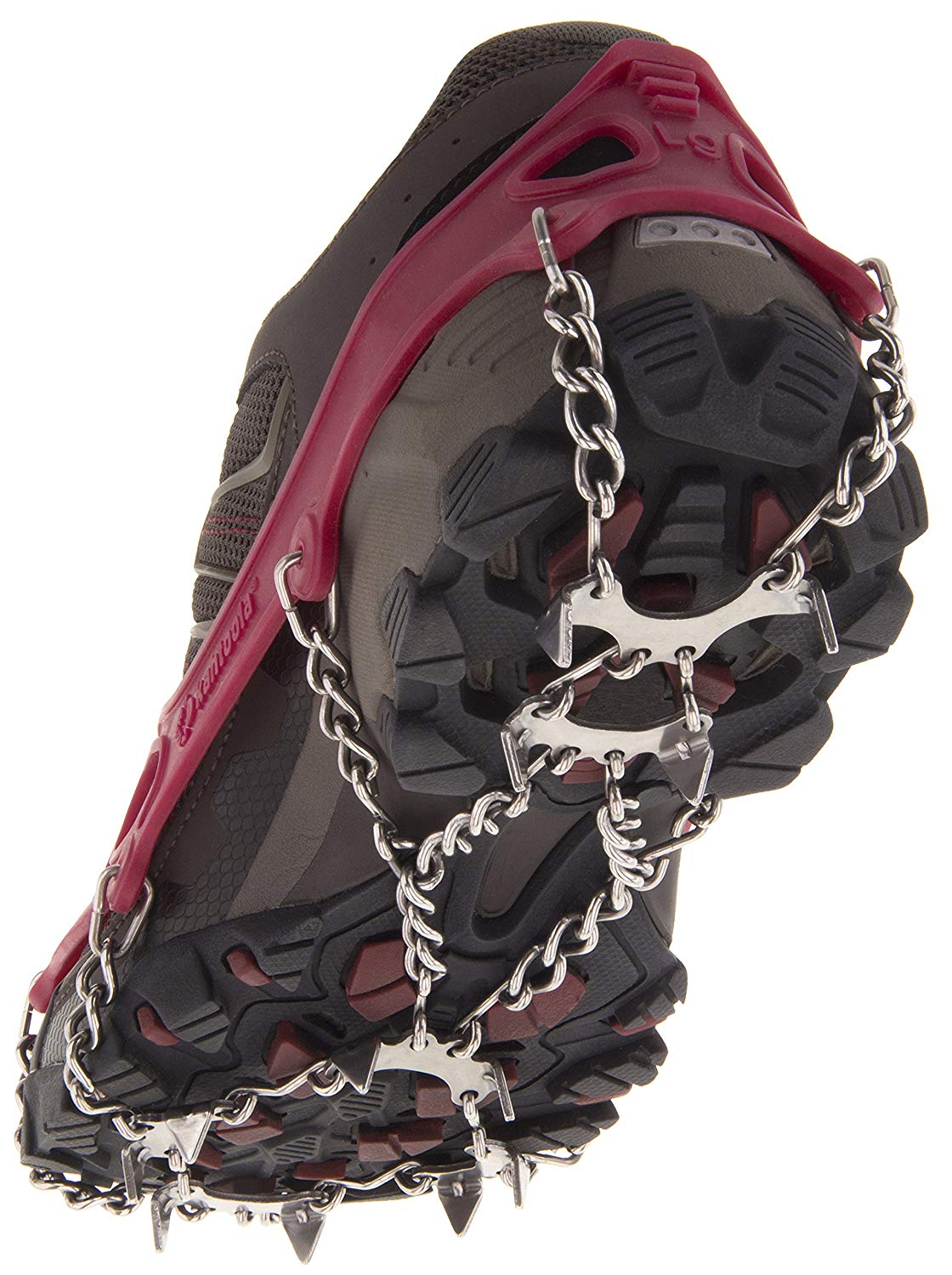
Hi Julie & Brian,
These are stunning photos as always! It is a lot of great information too.
Thanks so much!